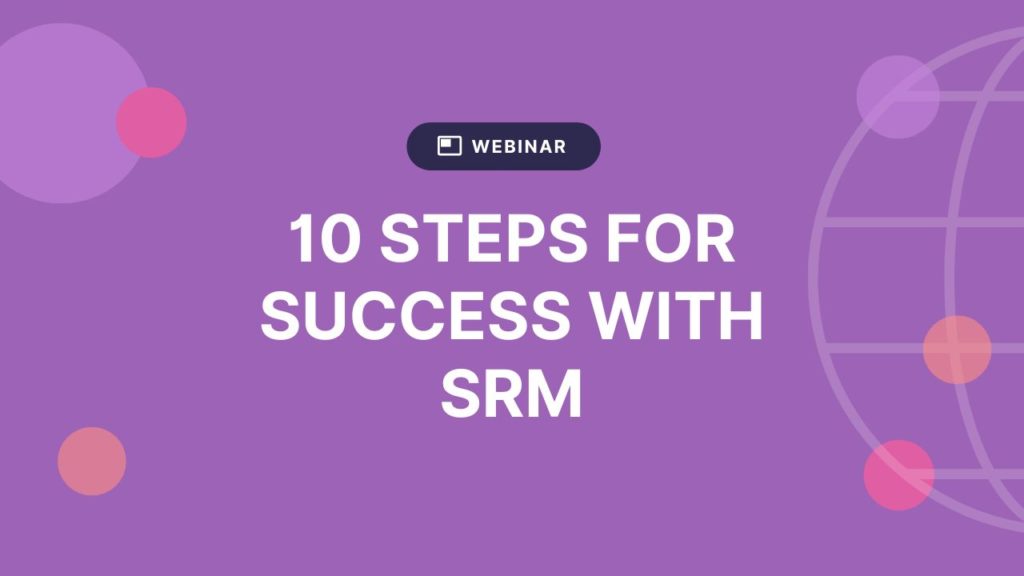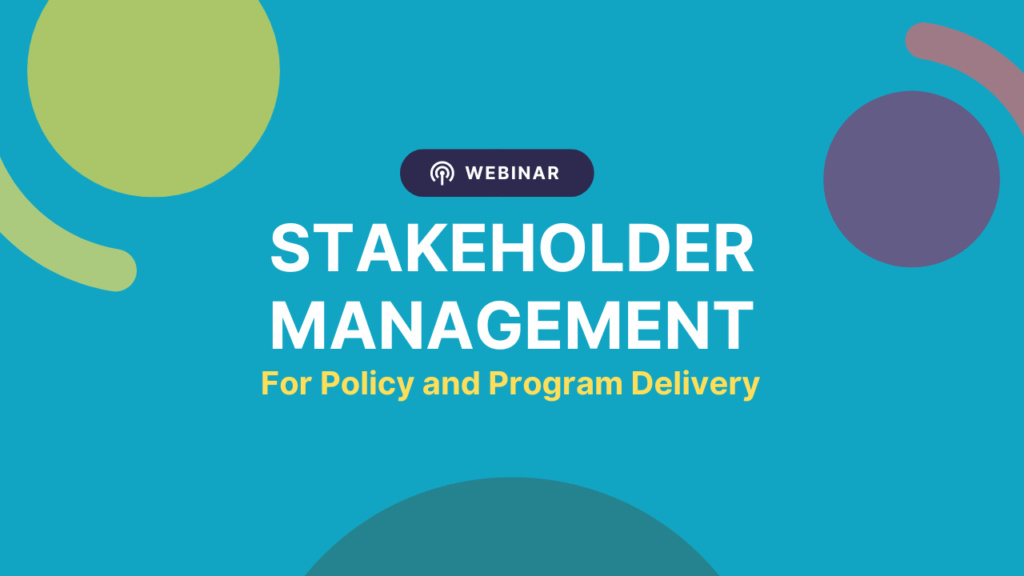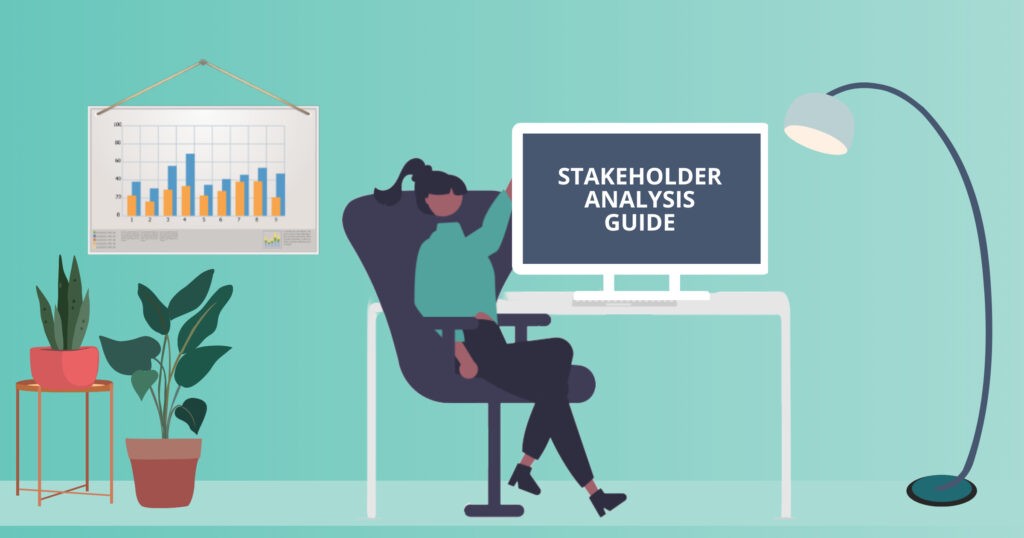What Is Social Acceptance and Does It Really Matter?

If you’re running a project or consultation, does social acceptance really matter?
The short answer is: yes. Social acceptance (or the approval of your community) is important for the success of your project or consultation.
We wanted to properly define social acceptance for organizations and why it matters, along with some practical tips for increasing social acceptance. Let’s start with a clear definition…
What is Social Acceptance?
Social acceptance commonly refers to whether or not a project or organization enjoys the approval or support of its community and other applicable stakeholders. You might also hear social acceptance referred to as stakeholder acceptance or community acceptance.
However, stakeholder acceptance isn’t necessarily something you do or don’t have. It is more accurate to see social acceptance as a ladder you can climb, with different levels of acceptance from different types of stakeholders, at different stages of the project.
Note that although there can be some crossover with other concepts, social acceptance is not to be confused with social capital or a social license to operate.
Why Social Acceptance Matters

Social acceptance is important for a number of reasons. But perhaps one of the biggest ones is that it can help to reduce your risk. That’s because if your stakeholders accept your organization and/or project, you’re more likely to:
- Avoid serious resistance that leads to costly delays
- Maintain a healthy brand reputation (because people are less likely to share their negative opinions across various platforms)
- Avoid situations where stakeholders pursue legal actions or push for regulatory changes against the project
- Benefit from the cooperation of stakeholders
- Gain valuable information from knowledgeable stakeholders
In a nutshell, if you need to implement any kind of change that impacts a community (even if it has potential benefits for that community), you should try to gain social acceptance in order for things to run smoothly.
There’s another important reason for social acceptance: sustainability. In fact, one study argued that social acceptance could be considered a prerequisite for social sustainability. After all, if a community doesn’t understand or accept a change, it’s unlikely that the change will be viable or sustainable (even if it delivers environmental and economic benefits).
Tips to Increase Social Acceptance
The good news is that there’s quite a few things you can do to increase social acceptance…
1. Design With Social Impacts In Mind
First of all, it’s important to realize that your project itself must be designed in a way that delivers social benefits. When it comes to designing sustainable projects, there is often a lot of focus placed on environmental impacts, but social impacts are equally important. Consider how your changes might impact the community and how your project design can overcome potential negatives, while delivering benefits like jobs, training, opportunities, and amenities. This will increase the likelihood that your project will gain social acceptance.
2. Do the Right Thing
If you do the wrong thing, it’ll be a never ending uphill battle to gain social acceptance. So, make sure that you comply with any legal requirements, do business responsibly, source products/services ethically, care for the environment, treat employees well, and so on. Act with integrity and always try to follow through on your promises.
3. Engage Community Stakeholders
Community engagement plays an important role in social acceptance. By engaging with your stakeholders, you can not only share information, but also uncover their own knowledge and perspectives.
Plus, if you can get your community stakeholders involved in decision-making, they may also end up feeling more positively towards your project — especially if their involvement leads to greater environmental, economic, and social benefits.
4. Identify Stakeholder Needs and Expectations
An important step in community engagement is stakeholder identification and analysis. You’ll likely find that different stakeholder groups have very different attributes and concerns. In particular, specific local contexts will vary significantly, especially when it comes to the real and perceived impacts of your project.
These insights will allow you to understand who your stakeholders are and what they expect, so that you can specifically address their concerns, manage their expectations, and encourage greater social acceptance.
5. Increase Knowledge & Education
Research that looked at social acceptance and social sustainability in energy technologies found that a lack of information and knowledge about new energy technologies could be a barrier to acceptance.
Knowledge reduces uncertainty, so it’s not surprising that this can lead to greater acceptance. But it’s also worth considering that in order for stakeholders to meaningfully participate in discussions and decision-making processes, organizations need to provide sufficient knowledge.
And of course, awareness of the project itself and what it entails (like costs, impacts, and benefits) are necessary to achieve social acceptance.
6. Manage Perceptions (and Misperceptions)
A barrier to social acceptance is stakeholder perceptions. Stakeholder analysis and surveys can be useful to help to reveal these perceptions so that you can correct any misinformation. For instance, some community members might have heard a common myth about sustainability or renewable energy sources. In order to gain social acceptance, your organization may need to tackle this myth with a facts-based communication campaign.
7. Show Transparency
Transparency is almost always the best approach as it fosters greater accountability and contributes to higher levels of trust and confidence. This might look like publishing regular reports and data to show the projects expected and actual impacts, how you’re mitigating them, and so on. The more confident stakeholders are, the more likely you are to gain social acceptance.
8. Build Relationships
You can create an environment where social acceptance happens more easily when you build strong, trust-based relationships with stakeholders. In particular, when knowledge about the project or change is lacking (e.g. new technologies) social acceptance may be more strongly influenced by trust in the organization or stakeholders responsible for the technology.
9. Measure Acceptance and Trust
It’s always important to consider how you might measure or evaluate your level of social acceptance. This will allow you to track your progress, set goals, identify what works (and what doesn’t), and apply this measure to your project process. So, how do you measure social acceptance? You might look at various factors that contribute to social acceptability, like:
- Level of stakeholder participation in decision-making
- Level of stakeholder trust
- Level of stakeholder certainty
- Stakeholders’ perceived alignment with values, beliefs, and expectations
- Project impacts on or benefits for the environment
- Project impacts on or benefits for the community
Remember that stakeholder acceptance is like a ladder with different levels, so consider defining what each level looks like based on the above factors.
10. Don’t Stop
One more thing… social acceptance isn’t static, but requires attention for the length of your project. So, don’t stop engaging with your stakeholders and communities, tracking your level of acceptance, and working towards greater social acceptance!
Get a Tool to Support Social Acceptance Measures

Social acceptance matters — and there are a lot of things you can do to increase it! But if you’re feeling overwhelmed by all the things you can do, start with the right tool for the job.
With Simply Stakeholders, it’s a lot easier to track and manage your stakeholders in a way that supports greater social engagement. With our stakeholder analysis, tracking capabilities, reporting tools, and more, you can do so much more with your community engagement.
Reach out to our team if you’d like to organize a demo or find out more.






























